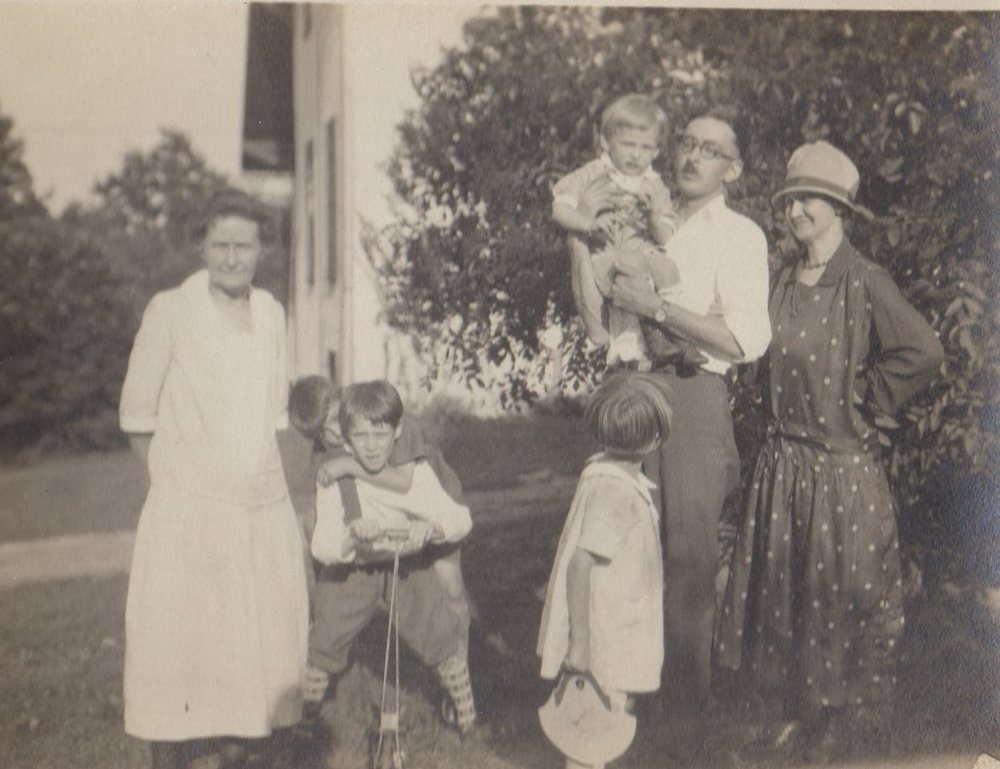Conclusion
Dating and courtship drastically changed from the Victorian era to today. Looking at the 1920s-1930s, a period of transition is informative. Using personal letters helps fit ordinary people into a larger historical narrative and lets us see the past through the eyes of someone who lived it. To understand dating today, dating and we need to understand where customs and gender roles originated. Looking at the letters they left behind, we can understand people’s lives within a larger historical narrative, to investigate if they conform to the accepted narrative, or if they stray from it.
Uncovering the personal lives of ordinary people is rare. Personal letters and papers are often not preserved, but the letters of Henrietta T. Morriss and J. Frank Young did survive and tell about gender roles and courtship at the end of the 1920s and early 1930s. It is important to be able to see history from the experiences of the people who lived it instead of reading secondary sources, because it tells a story without being edited. J. Frank and Henrietta wrote their letters to each other not thinking that one day they might be examined and used to examine dating trends. Personal documents are not written for our benefit, but when discovered, they tell a first-hand account of the past.
From the letters, I conclude that Mahwah was keeping up with trends. Though gender roles were still there, people in Mahwah had begun to shed Victorian gender roles, likely helped by their communication with more metropolitan areas such as New York. Henrietta went to school in New York and had access to plays and museum exhibits and Frank went to school in the Bronx which gave him wider experiences. Though Frank and Henrietta follow many normative gender roles and customs, there are many ways in which they echoed later trends, such as women remaining in the workforce and having smaller families.
